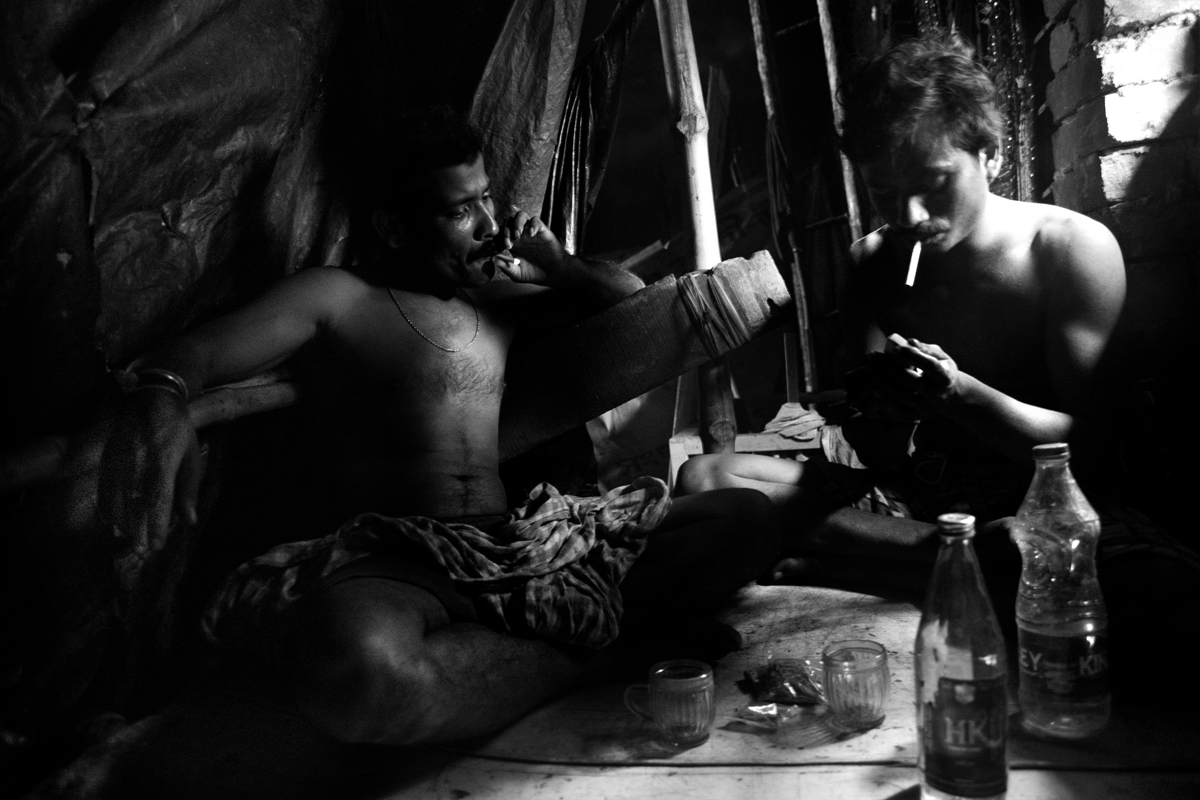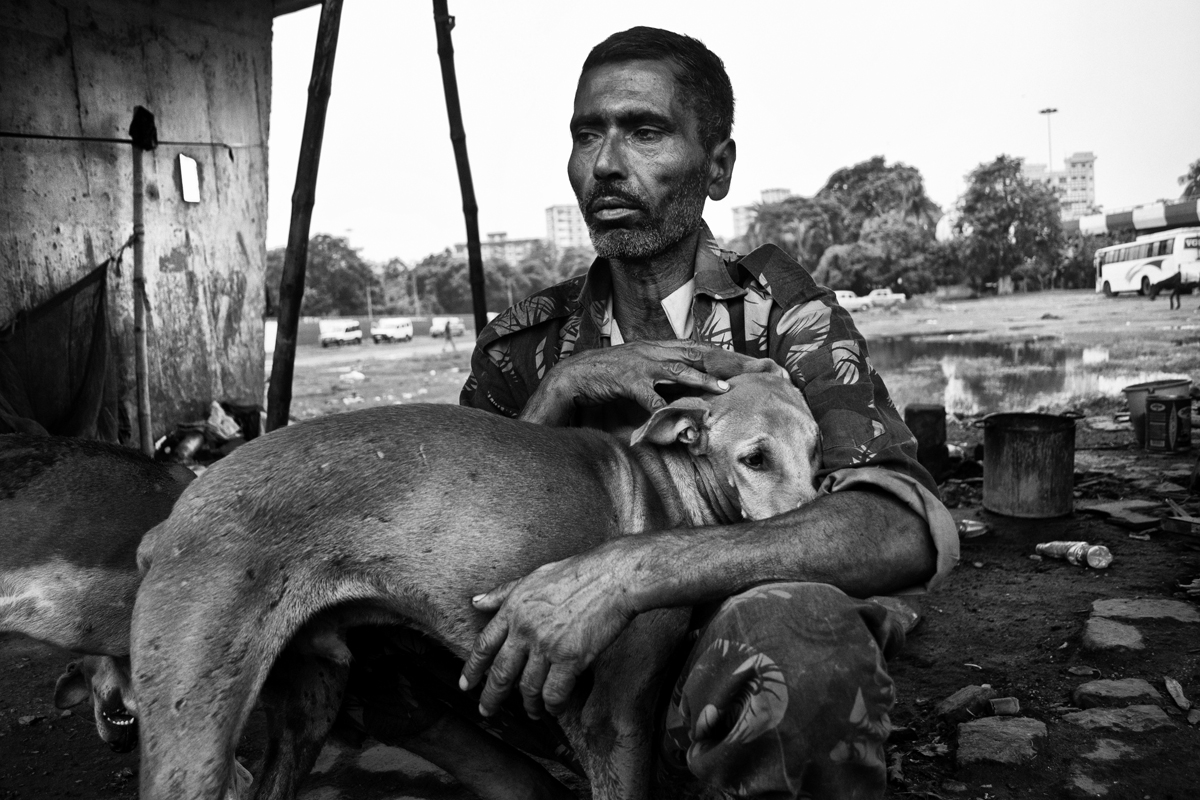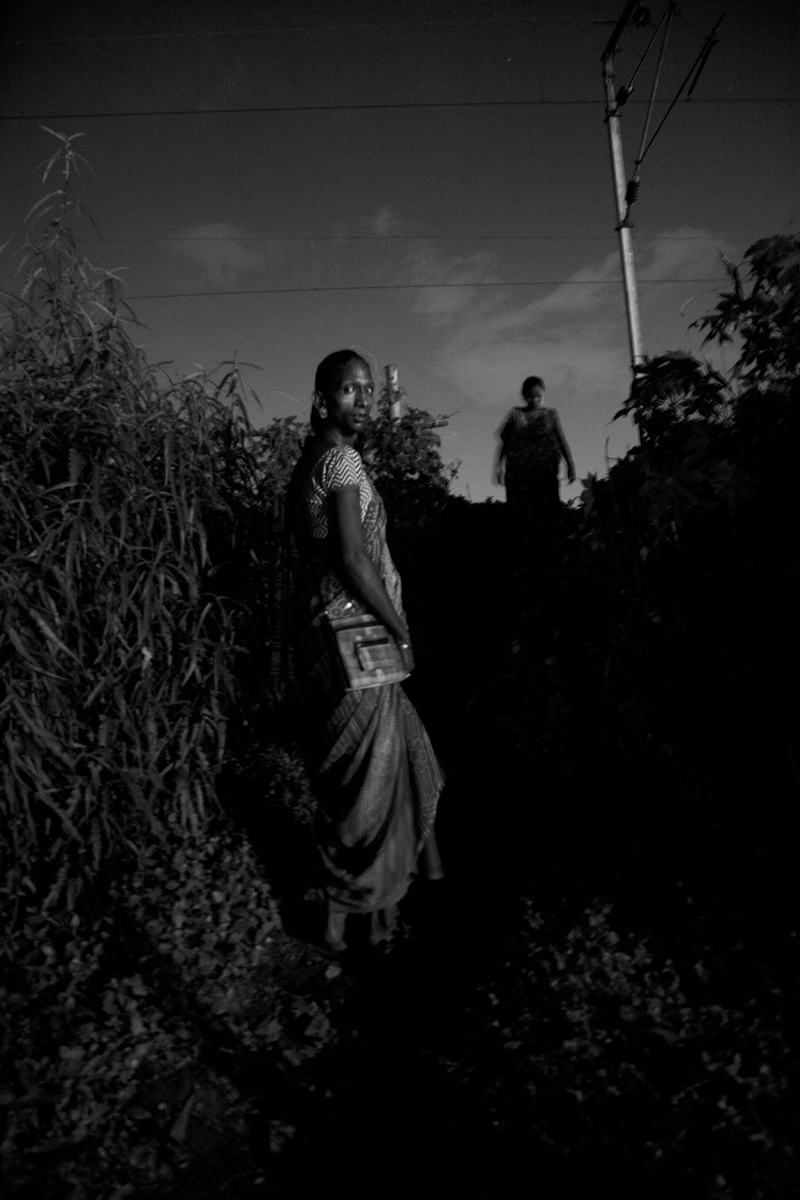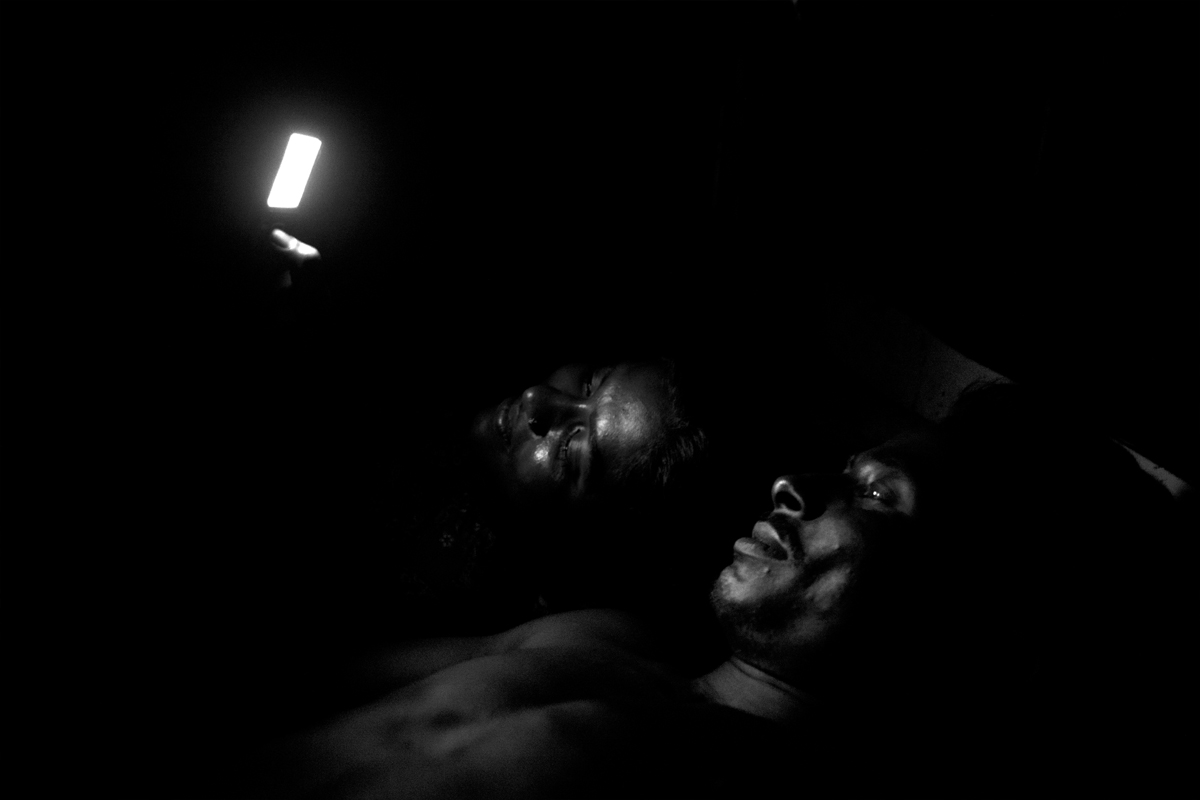About eighty homeless families live under the second bridge across the Hoogly in Kolkata; most of them have migrated from other towns, states or even neighbouring countries. Some of them are refugees of climate change, survivors of land acquisition and riots while others were a result of forceful displacement and the reasons are both social and personal. But all of them are here with a singular purpose- seeking a better fortune. Most of them are not fortunate in real terms; they just lead a miserable life, let alone fulfill their wishes. The conditions are worse than the ones they had in the lives they left. Many do not have a roof above their heads or a job to make the ends meet. They take shelter under the flyovers, on the pavements or along the banks of filthy canals. They take up rag-picking, working as labourers against meagre wages, serving as domestic helps, tending ponies or horse carriages for joy rides, and performing monkey shows. Some of them turn into beggars, while others into thieves or prostitutes. The city administration uproots them from their temporary homes in a drive to keep the city clean. They pack up their belongings and settle down in another corner. Migrating within the claustrophobic confines of their dream city, they lead a quicksilver life, the life of the refugees.
But against all the odds they do laugh- play- dance- sing like any other people of the society. The spirit of happiness flows in their world as well. That’s the most important thing of the struggle of the mankind. They are not ready to lose the battle. They accept the challenges of their brutal conditions and are fighting back with brave souls. The challenges are not lesser than a real war. Here, the weapon is not a bomb but a strong soul with full of hope. I tried to carry the glimpses of that hope and joy throughout my stories.


















Bio:
Shuvankur Ghosh began his career as a journalist working for some leading magazines and newspapers while he was still a student at Calcutta University. He later assisted quite a few well known directors and worked for TV channels. But the belief that he can express his ideas with camera better than any other medium was intact deep within. His first project, ‘The Distant Calls’ was exhibited by PIX magazine in New Delhi. He turned a fulltime photographer in 2012. That year his photos were shown at an exhibition by CRY India, in Kolkata. The same year Forward Thinking Museum selected him as one of the runners up for their 2012 Artist Level Contest grant. In 2013 he received a Special Jury Commendatation for Photography from Toto Awards, India. He also showed his work at the 1st 1st Madurai International Photography Festival in 2012, as part of a group exhibition at Chobi Mela VII in Dhaka and as a digital projection at the Delhi Photo Festival in 2013.
